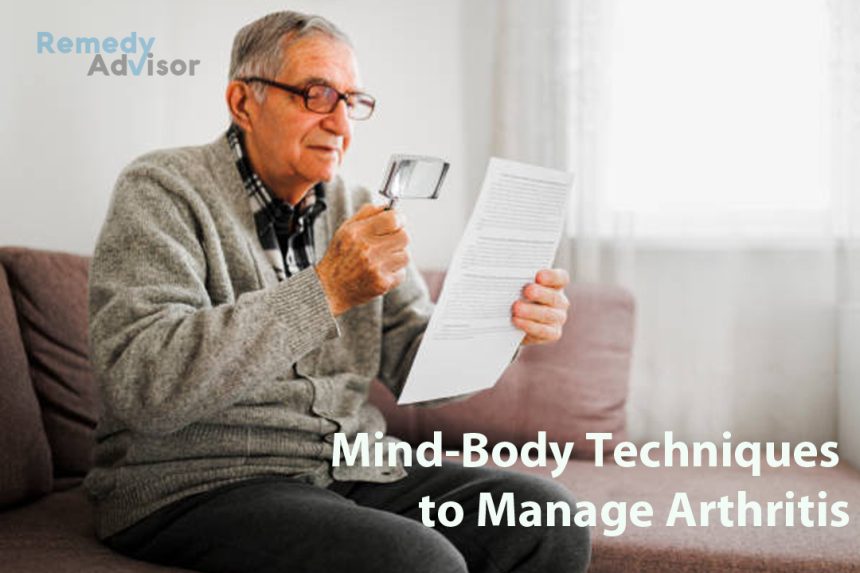Most people already know that diabetes and glaucoma can cause blindness. But one of the leading causes of vision loss is a breakdown of cells in the retina known as age-related macular degeneration (AMD).
This condition, which can be detected via a simple eye exam, causes four times more blindness in older adults than glaucoma or diabetes. One-quarter of people over age 65 and one-third of those over age 80 have early signs of the disease.
Scariest of all, AMD can rapidly progress from a minor vision problem to near total loss of “central” vision. There’s no way to restore vision loss caused by macular degeneration. But prompt treatment can often stop the disease in its tracks.
Retinal breakdown
Macular degeneration gets its name from the macula. That’s the exquisitely sensitive central region of the retina, the light-sensitive membrane at the back of the eye. The macula is what we rely upon for reading, driving, recognizing faces and other tasks that demand sharp vision.
Macular degeneration occurs when yellowish patches of material produced in the back of the eye called drusen begin to form behind a layer of cells in the macula.
In some cases, drusen cause no symptoms for 10 or even 20 years. But in some unfortunate individuals, drusen quickly give way to an abnormal proliferation of blood vessels and scar tissue within the macula itself.
Wavy lines
It’s at this point that symptoms often start to appear. Straight lines look wavy or tiny blank spots appear in the center of your field of vision. The course of the disease can vary. Some people with AMD lose the ability to read or drive within one year of the onset of symptoms. Others suffer comparatively minor vision loss even after five or 10 years.
Prevention
Doctors have not yet found any way to eliminate the risk of developing AMD. Preliminary research suggests, however, that the following two strategies may offer at least some degree of protection
• Don’t smoke
Smokers seem to be more likely to develop the abnormal proliferation of blood vessels and scar tissue than nonsmokers. If you haven’t yet kicked the habit, here’s one more reason to do so.
• Avoid heart disease risk factors
The same factors that heighten the risk of cardiovascular disease especially high blood pressure seem to heighten the risk of losing vision from macular degeneration.
Let this reinforce your determination to cut your intake of saturated fat, control your blood pressure, get regular exercise and avoid obesity.
Early detection
Until doctors know more about prevention, the best way to protect your eyesight from AMD is via annual eye exams. The more conscientious you are about getting exams, the more likely you will be to catch AMD early while it’s still treatable.
Using a device called an ophthalmoscope, an ophthalmologist can easily see drusen and other retinal abnormalities that are the hallmarks of early macular degeneration.
There’s no treatment for early AMD. But if the signs are there, it’s vitally important to stay alert for the subtle changes in vision that suggest the disease is worsening.
Helpful: Check the vision of each eye separately every day. Some ophthalmologists suggest using an Amsler grid. Ask your eye doctor for one.
Laser surgery
Laser surgery is the only procedure proven to halt the progression of AMD.
This 15-minute outpatient procedure should help confine the troublesome blood vessels and scar tissue, thereby decreasing the risk of additional visual loss and protecting your remaining vision.
Laser surgery cannot restore the macula to its original state. Even if the operation goes well, odds are you’ll find it impossible to read without low-vision aids that provide increased light and magnification.
After surgery, you’ll need checkups at one and three months later, and then every three or four months for at least one year and possibly two. In about half of all cases, surgery must be repeated to take care of new areas of damage.
Important: Laser surgery is beneficial only when macular damage is limited to a tiny area 1.5 to 3 millimeters in diameter. That’s why it’s so crucial to see the eye doctor as soon as you notice symptoms. If you wait even a few weeks, it may be too late for effective treatment.
There’s no good way to stabilize vision affected by larger areas of abnormal blood vessels and scar tissue. But two ongoing clinical trials may change that
• Study #1.
Doctors are evaluating the use of non-laser surgical techniques to remove the damaged area and thus limit vision loss.
• Study #2.
Doctors are trying to limit damage using photodynamic therapy. Dye injected into a vein in the patient’s arm finds its way to the eye, where it concentrates in the abnormal blood vessels and scar tissue. Shining a harmless light into the eye causes a chemical change in the dye, rendering it toxic to only the diseased part of the retina.
Low-vision aids
From high-power reading glasses and closed-circuit video systems to illuminated magnifying glasses, there are numerous visual aids to help you make the most of what vision you have remaining. These aids can make the difference in whether or not you can read or get around outdoors.
If your ophthalmologist isn’t familiar with these devices, ask him/her to refer you to a low-vision specialist.







